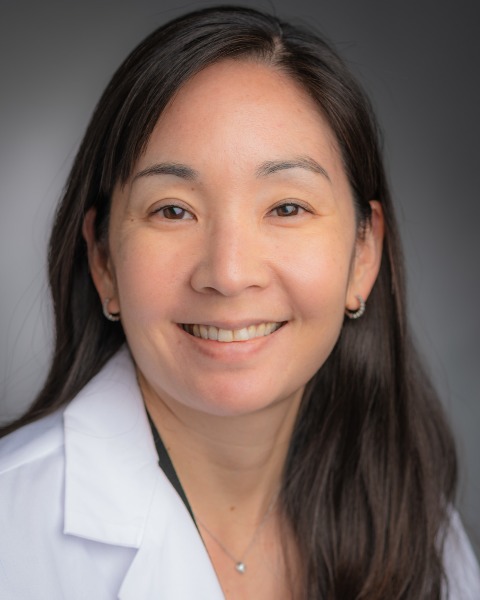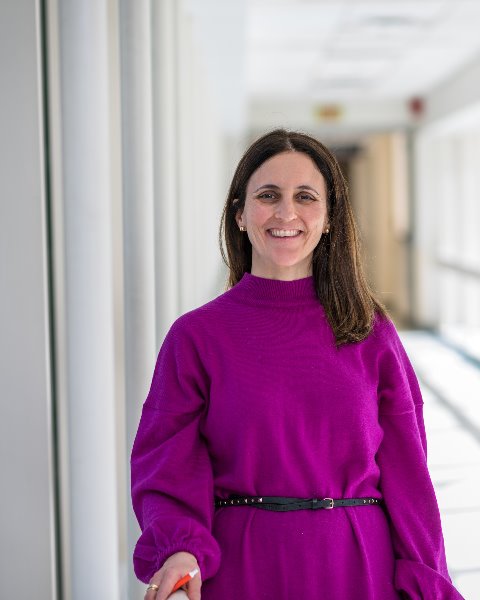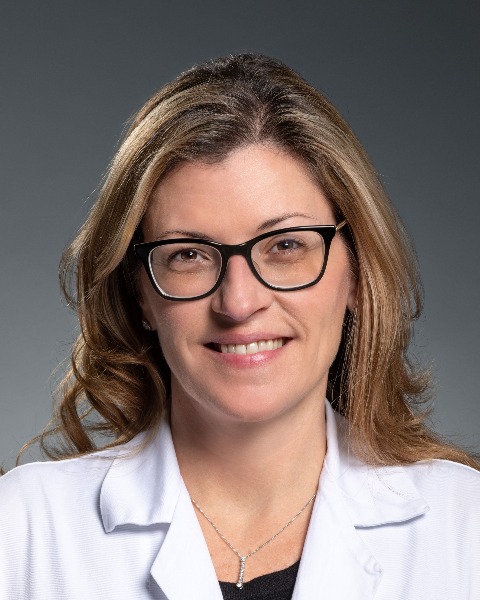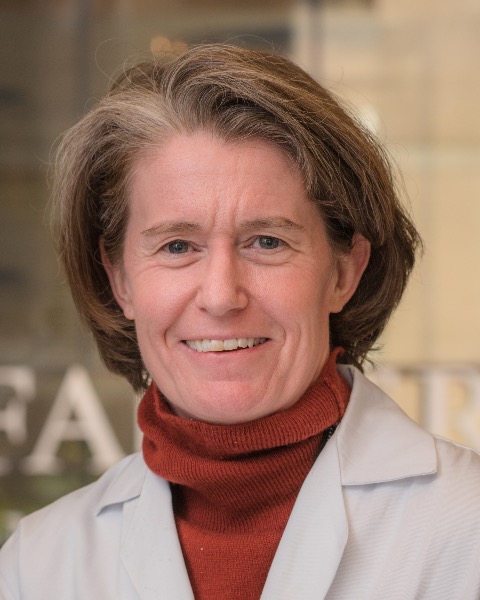Breast
E39: Regional Variation in De-Escalated Locoregional Therapy in Older Adults with Early-Stage, Hormone Receptor-Positive Breast Cancer

Christina A. Minami, MD, MS (she/her/hers)
Associate Surgeon
Brigham and Women's Hospital, Dana-Farber Cancer Institute
Boston, Massachusetts, United States
Christina A. Minami, MD, MS (she/her/hers)
Associate Surgeon
Brigham and Women's Hospital, Dana-Farber Cancer Institute
Boston, Massachusetts, United States
Christina A. Minami, MD, MS (she/her/hers)
Associate Surgeon
Brigham and Women's Hospital, Dana-Farber Cancer Institute
Boston, Massachusetts, United States- TD
Tanujit Dey, PhD
Biostatistician
Center for Surgery and Public Health, Brigham and Women's Hospital, United States - YC
Yu-Jen Chen, MPH
Analyst
Center for Surgery and Public Health, Brigham and Women's Hospital, United States - MS
Mara Schonberg, MD, MPH
Associate Professor
Beth Israel Deaconess Medical Center, United States 
Rachel A. Freedman, MD, MPH
Associate Professor
Dana Farber Cancer Institute
Boston, MA, United States
Eliza Hersh Lorentzen, MD
Surgical Resident
Brigham and Women's Hospital, United States
Tari A. King, MD (she/her/hers)
Chief, Division of Breast Surgery
Brigham and Women's Hospital, Dana-Farber Cancer Institute
Boston, Massachusetts, United States
Elizabeth A. Mittendorf, MD, PhD, MHCM (she/her/hers)
Professor of Surgery
Brigham and Women's Hospital, Dana Farber Cancer Institute
Boston, Massachusetts, United States
ePoster Abstract Author(s)
Submitter(s)
Author(s)
Although randomized controlled trial data support the omission of axillary surgery and radiation therapy (RT) in women ≥70 with T1N0 hormone-receptor positive (HR+) breast cancer, potential overtreatment in frail older adults persists. As quantifying regional variation could inform de-implementation efforts, this study aimed to determine how geospatial variation in locoregional therapy is attributed to region vs. patient factors.
Methods:
This retrospective population-based cohort study included women diagnosed with T1N0 HR+/HER-2 negative breast cancer from 1/1/2013-12/31/2017, identified in the SEER-Medicare database. Standard therapy was defined as patients who underwent lumpectomy, axillary surgery, and RT or mastectomy with axillary surgery. De-escalated care was defined as the omission of, axillary surgery, RT, or both. Using hierarchical multivariable modeling, total variance in de-escalated care received was attributed to 4 domains—1) random, 2) region (health service area [HSA], 3) patient factors, and 4) unexplained. Patient factors included age, frailty, defined by a validated claims-based measure, Charlson Comorbidity Index (CCI), and socioeconomic status, defined by the Yost index. Multivariable logistic regression modeling was also used to determine factors associated with receipt of de-escalated care.
Results:
Of 9,173 patients, 25.8% were ≥80, 7.7% were frail, and 4.6% had a CCI≥2. While 49.1% underwent standard therapy, 50.9% underwent de-escalated therapy (13.0% of the population omitted axillary surgery and 55.5% of lumpectomy patients omitted RT). Of the total variance, random variation explained 27.3%, patient factors explained 2.8%, region/HSA explained 34.9%, and 35% was unexplained. In adjusted models, frailty and increased age were associated with a higher likelihood of undergoing de-escalated therapy (Table), but CCI was not. Patients in rural areas, compared to those in urban areas, and Asian/Pacific Islanders, compared to Non-Hispanic Whites, had a lower likelihood of undergoing de-escalated therapy.
Conclusions:
Region/HSA contributes more to the variation in the use of de-escalated locoregional therapy than patient factors. Variation unexplained by the model may be attributed to unmeasured characteristics such as multidisciplinary environment and patient preference. Quality improvement and decision support efforts addressing overtreatment in this population should target regions with high rates of standard therapy.
Learning Objectives:
- Upon completion, participant will be able to define how the role that region plays in the intensity of locoregional therapy in older breast cancer patients with early-stage disease.
- Upon completion, participant will be able to define how geriatric-specific factors, such as frailty, are associated with intensity of locoregional therapy in older breast cancer patients with early-stage disease.
- Upon completion, participant will be able to identify the significance of regional variation in intensity of locoregional therapy in older breast cancer patients with early-stage disease.
